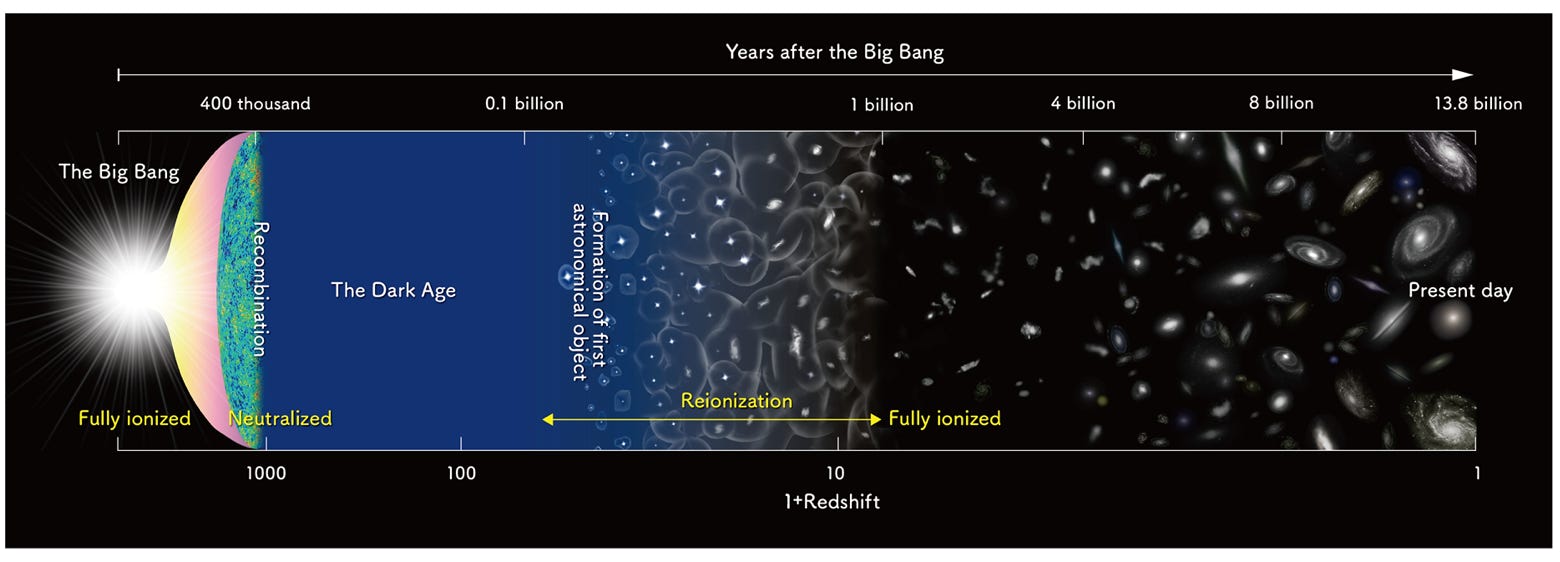Dr. Zhen-Yi CAI (蔡振翼,Zin-Iak CUA)
My major interests and Representative works
- • AGN Spectral Energy Distribution (SED)
- ◦ In the extreme ultraviolet, average quasar SEDs are independent of luminosity and redder than all previous mean composite quasar spectra (2023, Nature Astronomy, 7, 1506).
- ◦ Being independent of more physical properties, such as black hole mass and Eddington ratio, the universality of the average quasar SED exists since cosmic noon (2024, Universe, 10, 431; here are supplementary materials).
- • AGN Variability
- ◦ EUCLIA: a new thermal fluctuation model indicating a novel mechanism for the inter-band continuum lags for AGN, rather than the light echoing (2018, ApJ, 855, 117), successfully explains a broad phenomena of AGN variability, including the multi-wavelength correlation and the puzzling large UV to X-ray lags (2020, ApJ, 892, 63).
- ◦ New clues between jet launching and disk fluctuation: the inner disks in radio loud quasars may be more stable (2019, SCPMA, 62, 69511), verified observationally (2024, ApJ, 971, 60).
- ◦ New optimized statistical method for measuring unbiased variation properties of AGN: a minimal baseline of ~ 8 times the intrinsic variation timescale for achieving a 2% accuracy in measured timescale (2024, ApJ, 961, 5).
- • Intergalactic medium
- • Cosmic H/He Reionization: relative role of galaxies and AGN
- • Galaxy Formation and Evolution: a semi-analytical model
- ◦ Progenitors of early-type elliptical galaxies and massive bulges of Sa galaxies, i.e., proto-spheroids at z > 1.5, are forming stars in a self-regulated way, rather than galaxy merging (2013, ApJ, 768, 21).
- ◦ Dust extinction is a key ingredient of understanding the cosmic evolution of Lyman break galaxies and Lyα emitters, and galaxies are the dominant ionizing source for the cosmic hydrogen reionization (2014, ApJ, 785, 65).
- ◦ Part of the excess of z > 4 sub-millimeter galaxies can be understood in terms of an initial mass function (IMF) somewhat top-heavier than Chabrier, but not the extreme top-heavy IMFs commonly assumed in the galaxy merging model (2020, ApJ, 891, 74).
- ◦ Our model prediction without any adjustment of the parameters was verified by dusty star-forming galaxies detected by the South Pole Telescope, and a similar IMF is suggested for star formations across cosmic time (2022, ApJ, 932, 13).
Students
- • PhD
- ◦ Mr. Zhen-Bo Su (2023-; 3 papers published; co-supervised with Prof. Jun-Xian Wang)
- ◦ Mr. Min-Xuan Cai (2023-; 1 paper published; co-supervised with Prof. Lu-Lu Fan)
- ◦ Dr. Mr. Wen-Yong Kang (2019-2022; co-supervised with Prof. Jun-Xian Wang; USTC博后)
- ◦ Dr. Mr. Fei-Fan Zhu (2015-2019; co-supervised with Prof. Jun-Xian Wang; 中电三十二所)
- • MS
- ◦ Mr. Xue-Qian Yu (2025-)
- ◦ Mr. Jie Li (2022-2025)
- ◦ Mr. Zhen-Bo Su (2021-2022; 转博)
- • BS
- ◦ Mr. Ying-Qi Liang (2025-; 毕设)
- ◦ Mr. Zhan-Shuo Liu (2024-; 大研)
- ◦ Mr. Zi-Rui Zhang (2024-2025; 毕设; USTC读研)
- ◦ Mr. Jin-Chao Cai (2023-2024; 毕设)
- ◦ Mr. Jia-Ming Zhu-Ge & Wen-He Lv (2022-2023; 大创, 获评校级优秀项目; USTC读研)
- ◦ Mr. Xu-Fan Hu (2021-2023; 大创+毕设, 1 paper published; SJTU李政道研究所读研)
- ◦ Mr. Zhen-Bo Su (2020-2021; 毕设; co-supervised with Prof. Yang Huang from YNU; USTC读研)
- ◦ Mr. Hao Zhai (2020-2021; 毕设; co-supervised with Prof. Jun-Xian Wang; 新加坡管理大学读研)
